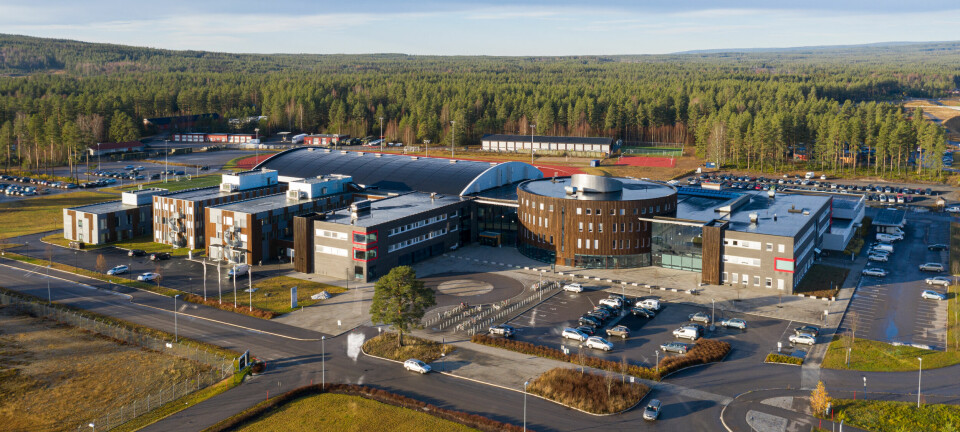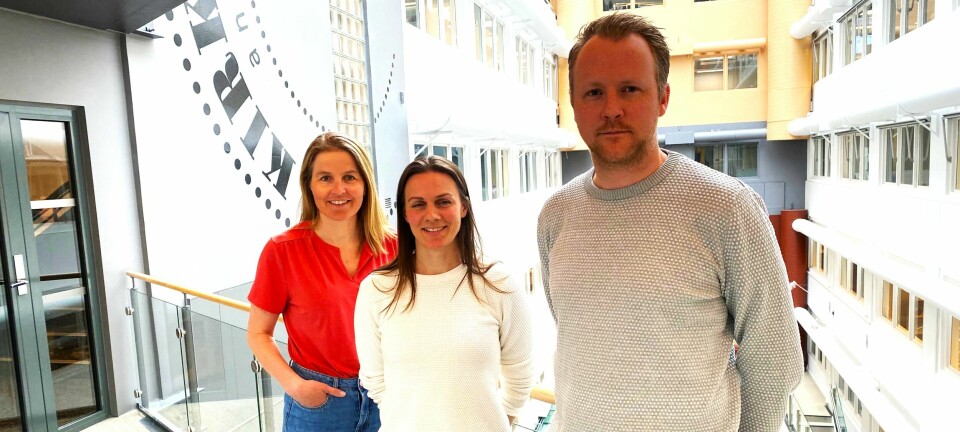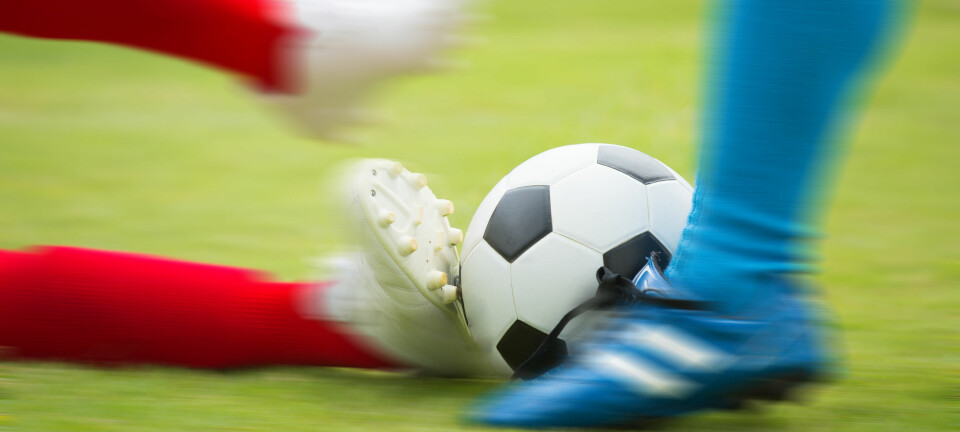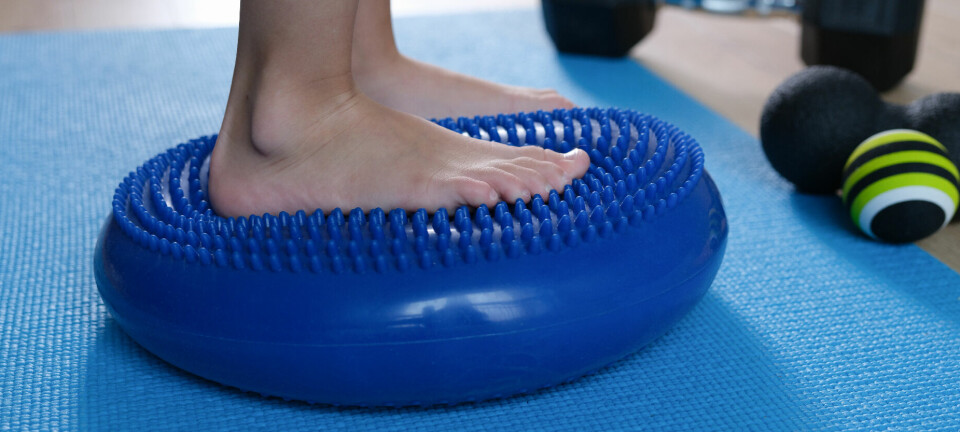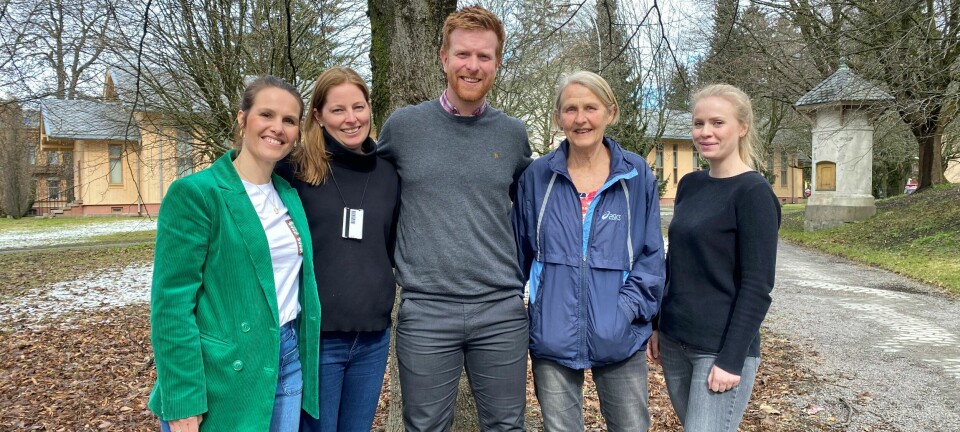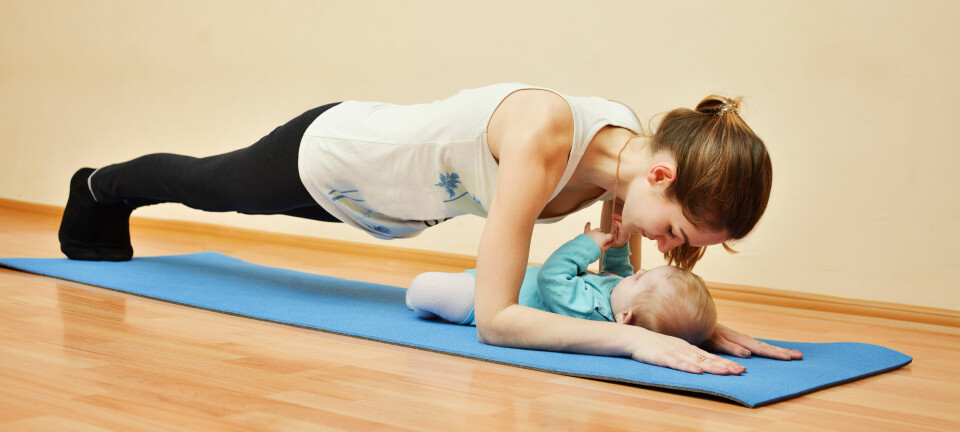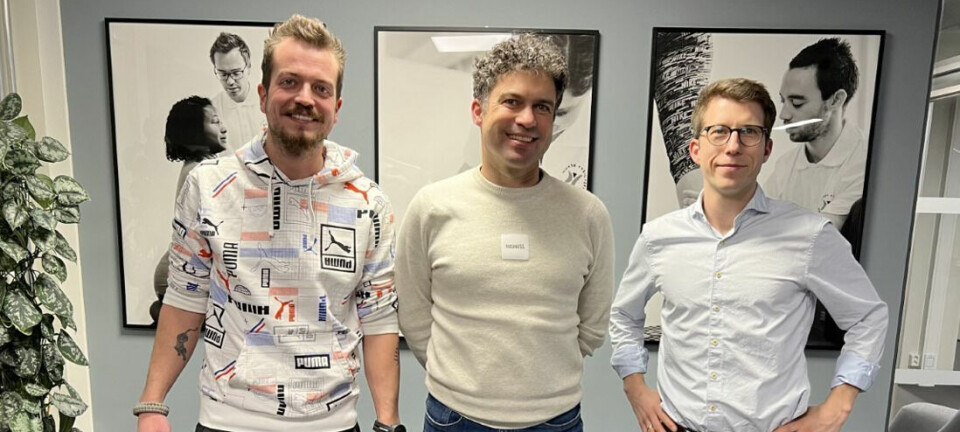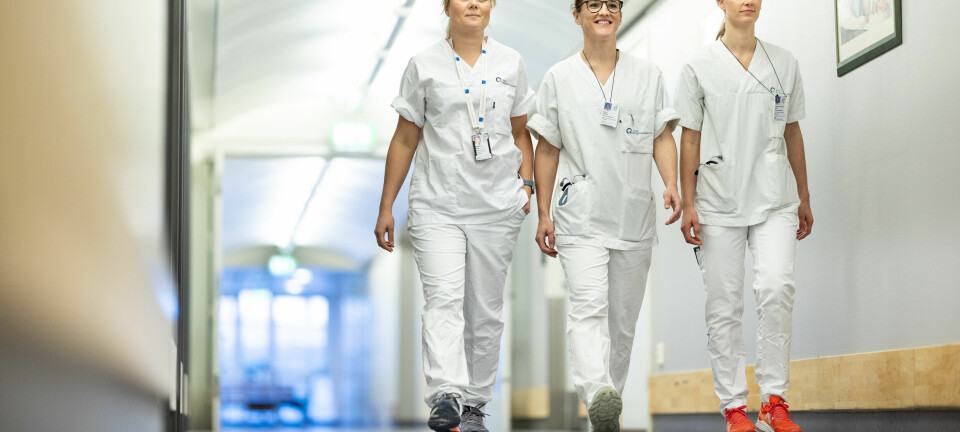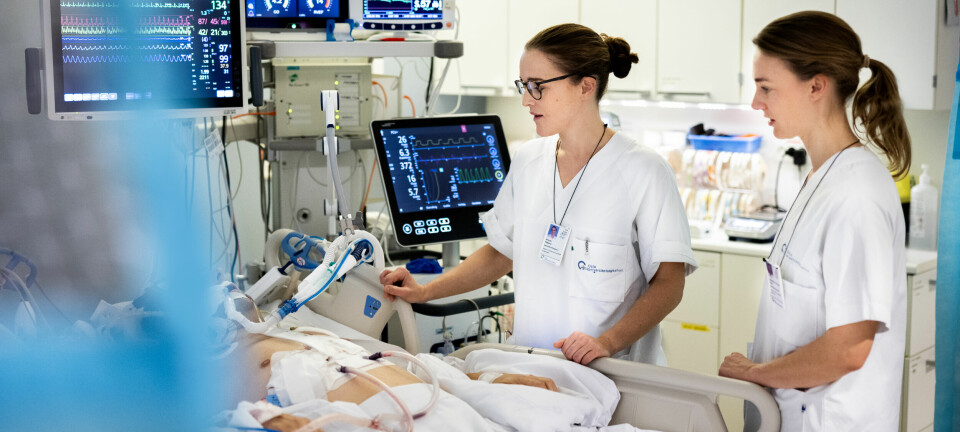Functional progressive resistance training improves muscle strength but not walking ability in children with cerebral palsy
Blikk på forskning i Fysioterapeuten 11/2012.
Blikk på forskning utarbeides i samarbeid med Journal of Physiotherapy (Australia), som trykker forskningspresentasjonene under betegnelsen Critically appraised Papers, CAPs.
Synopsis
Summary of: Scholtes VA et al (2012) Effectiveness of functional progressive resistance exercise training on walking ability in children with cerebral palsy: a randomized controlled trial.Res Dev Disabil33: 181–188. [Prepared by Nora Shields, CAP Editor.]
Question: Does functional progressive resistance exercise (PRE) improve walking ability and participation in school-aged children with cerebral palsy (CP)?
Design:Randomised, controlled trial with concealed allocation and blinded outcome assessment.
Setting: Three special schools for children with physical disability in the Netherlands.
Participants: Ambulatory children (Gross Motor Function Classification System 1–3) with spastic unilateral or bilateral cerebral palsy aged 6–13 years. Botulinum toxin injections in the previous three months or orthopaedic surgery in the previous six months were exclusion criteria. Randomisation of 51 participants allocated 26 to the functional PRE group and 25 to a usual care group.
Interventions: The intervention group participated in a 12-week functional PRE program, three times a week for 60 minutes in groups of 4 or 5. The program comprised four exercises: one using a leg press machine and three functional exercises (sit-tostand, lateral step-up, half knee-rise) using body weight and a weighted vest to provide resistance. Participants completed 3 sets of 8 repetitions for each exercise. Intensity was increased progressively based on repeated estimation of 8 RM (repetition maximum). The control group received conventional physiotherapy 1–3 sessions a week.
Outcome measures: The primary outcomes were walking ability (timed 10 m walk, 1-minute fast walk test, timed stair test) and participation (intensity scores of 17 items of Children’s Assessment of Participation and Enjoyment questionnaire recalculated on a 0–100 scale) measured at baseline, after 6 and 12 weeks training, and 6 weeks after the intervention. Secondary outcome measures were anaerobic muscle power, muscle strength, spasticity and range of movement (ROM).
Results: 49 participants completed the study. At the end of the intervention period, there was no difference between the groups for comfortable (–0.04, 95% CI –0.18 to 0.1 m/s) or fast walking speed (0.04, 95% CI –0.04 to 0.12 m/s), timed stair test (0.8, 95% CI –2.6 to 4.3 s) or participation (–1, 95% CI –11 to 9). Muscle strength improved significantly more in the intervention group than the control group immediately after the intervention by 1.3 N/kg (95% CI 0.6 to 2.5) for total isometric muscle strength and by 14% BW (95% CI 2 to 26) for 6 RM leg press. Knee flexion range had decreased in the intervention group by 15° (95% CI –29 to –1) compared to the control group 6 weeks after training stopped. The groups did not significantly differ on anaerobic muscle power, spasticity or other ROM outcomes.
Conclusion: A 12-week functional PRE program improved muscle strength, but did not improve functional walking activity in school-aged ambulatory children with CP.
Commentary
This rigorously conducted trial in moderate to high functioning children with CP compared an adequate dose of training (36 hours over 12 weeks) with a focus on PRE of lower limb muscle groups compared to usual care (which in the Netherlands is 12–36 hours of regular physiotherapy). It is adequately powered and elegantly provides test-retest reliability on all key measures. The study ‘gained what it trained’; improvements in lower limb muscle strength which did not transfer to improved walking ability. Why should we expect PRE in the gym to translate to improved walking ability in children who are GMFCS I and II? As the authors correctly conclude a lack of context specific training (ie, training walking ability) and a high proportion of children who were GMFCS I (51%) with sufficient strength for walking capacity explains the null result. The high level of physiotherapy administered in the usual care group (much higher than in Australia or North America) could also explain why both groups improved on gait parameters. The authors propose functional training of strength needs to be in context (Thorpe et al 2005) to improve walking ability, and training of higher level ambulation is an important next step. The take home message is we need to train functional tasks in a context-specific manner. Children with CP have difficulties with co-ordination and motor planning. Providing resistance in non-functional tasks (repetitive leg presses) will not enhance motor learning or translate to improvements of functional performance. We need to consider the context in which we train and measure ambulatory performance using measures of habitual physical activity (Clanchy et al 2011). We should consider the density of training and whether the number of repetitions is sufficient to drive muscle plasticity. Current research suggests the dose and density of most neurorehabilitation frequently may not be sufficient to drive neuroplasticity (Nielsen and Cohen 2008). This needs to be considered in future trials aimed at improving ambulatory performance.
Roslyn N Boyd
Queensland Cerebral Palsy and Rehabilitation Research Centre, The University of Queensland, Australia
References
Thorpe DE et al (2005)J Aquatic Phys Ther13: 21–34.
Nielsen JB, Cohen LG (2008)J Physiol586: 65–70.
Clanchy KM et al (2011)Dev Med Child Neuro53: 499–505.

